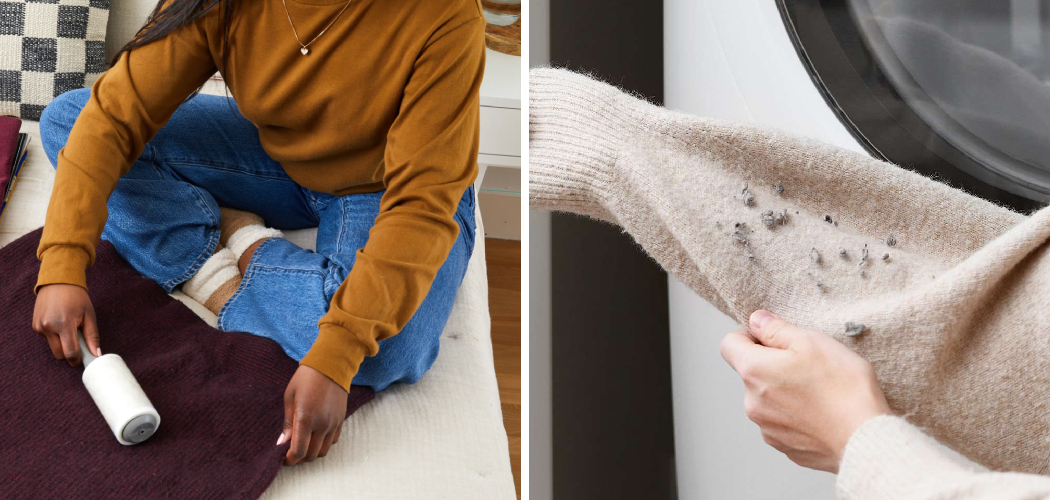Lint on towels can be a persistent problem, affecting both the appearance and functionality of your towels. Whether it’s from washing new towels, shedding fibers, or picking up lint from other laundry items, the presence of lint can be frustrating.

In this guide on how to get lint off towels, we’ll discuss simple and effective methods to remove lint from your towels, ensuring they remain soft, absorbent, and looking their best. With the right techniques and a bit of care, you can keep your towels lint-free and in excellent condition.
What is Lint?
Before we dive into the methods of removing lint from towels, it’s essential to understand what lint is. Lint is a collection of fibers that come off fabric or clothing, usually caused by wear and tear. It can also be the result of washing towels with other items that produce lint, such as blankets or sweaters.
Lint can make your towels look dull and dirty, reducing their absorbency and softness. If left untreated, it can accumulate over time, making it challenging to remove completely. That’s why it’s crucial to deal with lint on towels promptly.
Needed Materials
Lint Roller or Lint Brush:
A lint roller or brush is a useful tool for removing lint from towels. It has a sticky surface that attracts lint, making it easy to remove.
Dryer Sheets:
Dryer sheets are an effective way to prevent and remove lint from towels. They contain anti-static properties that reduce static cling, preventing the buildup of lint on your towels.
White Vinegar:
White vinegar can be used as a natural fabric softener and helps loosen and break down fibers that can cause lint on towels.
Fabric Softener:
Fabric softener not only leaves your towels feeling soft but also helps reduce static cling, preventing lint from sticking to your towels.
Lint Trap Brush:
A lint trap brush is a small, long-handled brush designed to reach and remove lint buildup in the dryer’s lint trap. It’s an essential tool for maintaining a clean and efficient dryer.
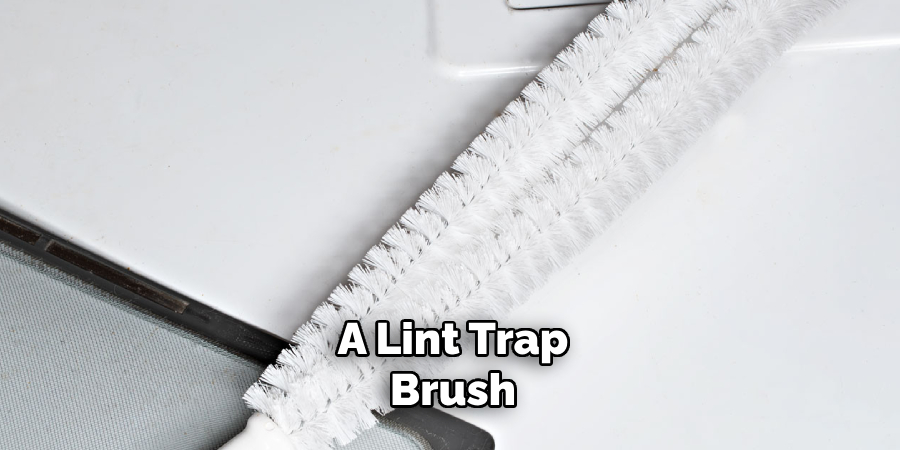
8 Simple Methods on How to Get Lint Off Towels
Method 1: Use a Lint Roller or Brush
One of the simplest and most effective ways to remove lint from towels is by using a lint roller or brush. This method works well on both dry and damp towels. Here’s how you can do it:
- Lay the Towel Flat on a Clean Surface.
- Starting at One Corner, Roll the Lint Roller or Brush Over the Surface of the Towel With Firm, Steady Strokes.
- Ensure You Cover the Entire Surface of the Towel, Including the Edges and Corners, as Lint Often Accumulates in These Areas.
- If the Lint Roller Becomes Full of Lint, Tear Off the Used Sheet to Expose a Fresh, Sticky Layer, or Clean the Lint Brush as Per the Manufacturer’s Instructions.
- Repeat the Process on the Other Side of the Towel to Ensure All Lint is Removed.
Using a lint roller or brush is an efficient and quick way to ensure your towels remain lint-free, keeping them soft and looking their best.
Method 2: Use Dryer Sheets
If your towels have a lot of lint, using dryer sheets can help remove it. They contain anti-static properties that reduce static cling, effectively removing lint from your towels. Here’s how you can do it:
- Pre-treat the Towel by Wetting It Slightly.
- Place the Damp Towel Into the Dryer With One or Two Dryer Sheets.
- Run the Dryer on a Low Heat Setting for About 10-15 Minutes.
- Remove the Towel and Shake Out Any Remaining Lint.
- If necessary, repeat the process until all Tendons are removed.
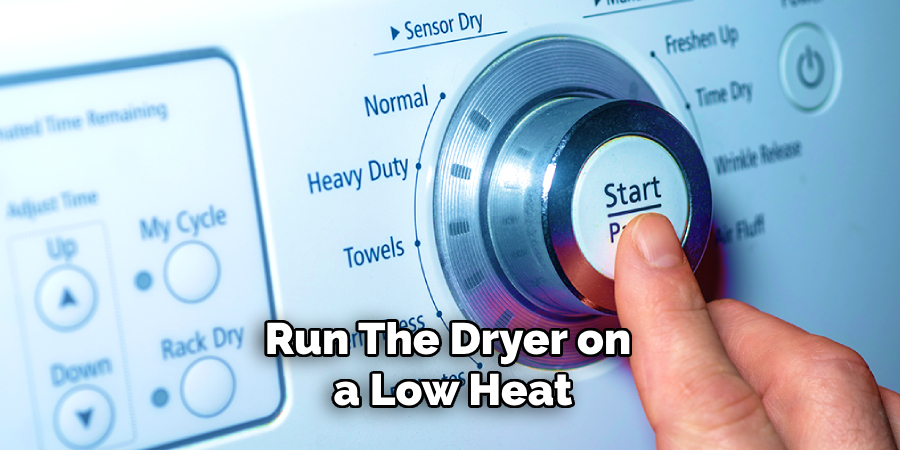
Using dryer sheets is a gentle and effective way to remove lint from towels, leaving them soft and smelling fresh.
Method 3: Use White Vinegar
White vinegar can be used as a natural fabric softener and helps loosen and break down fibers that cause lint on towels. Here’s how you can do it:
- Add One Cup of White Vinegar to the Wash Cycle When Washing Your Towels.
- Run the Washer as Usual.
- Once finished, Shake Out Any Remaining Lint From the Towels Before Placing Them in the Dryer.
- If necessary, repeat this process until all Tendons are removed.
Using white vinegar is a cost-effective and natural way to soften towels while also removing lint.
Method 4: Use Fabric Softener
Fabric softener not only leaves your towels feeling soft but also helps reduce static cling, preventing lint from sticking to them. Here’s how you can do it:
- Add the Recommended Amount of Fabric Softener to the Wash Cycle When Washing Your Towels.
- Run the Washer as Usual.
- Once finished, Shake Out Any Remaining Lint From the Towels Before Placing Them in the Dryer.
- If necessary, repeat this process until all Tendons are removed.
Adding fabric softener to your laundry routine is an easy and effective way to keep lint off your towels.
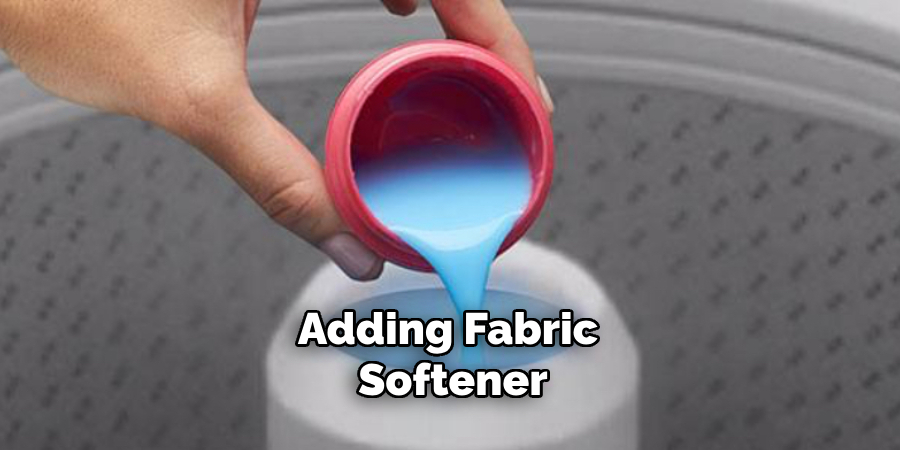
Method 5: Wash Towels Separately
One of the most effective ways to prevent and remove lint from towels is to wash them separately from other types of laundry. Mixing towels with clothes or other fabric items that produce lint can cause lint to transfer and accumulate on your towels. Here’s how you can do it:
- Sort Your Laundry by Separating Towels From Clothes and Other Lint-producing Items Like Blankets and Sweaters.
- Place the Towels Into the Washing Machine and Set the Machine to the Appropriate Cycle for Towels, Usually a Warm or Hot Water Setting.
- Add Detergent as You Normally Would, Avoiding Excessive Amounts That Can Leave Residue.
- After the Wash Cycle, Shake Each Towel to Remove Any Loose Lint Before Placing Them in the Dryer.
- Dry the Towels on a Medium to High Heat Setting, and Be Sure to Clean the Dryer’s Lint Trap Before and After Drying.
By washing towels separately, you can significantly reduce the amount of lint they collect, keeping them soft, absorbent, and lint-free.
Method 6: Use a Lint Trap Brush
A lint trap brush is an essential tool for maintaining a clean and efficient dryer. It’s designed to reach and remove lint buildup in the dryer’s lint trap, preventing it from transferring onto your towels. Here’s how you can do it:

- Disconnect the Power Supply to Your Dryer.
- Locate and Remove the Lint Trap From the Front or Top of Your Dryer.
- Insert the Long-handled Brush Into the Lint Trap Opening, Rotating It to Loosen and Remove Any Built-up Lint.
- Use a Vacuum Cleaner or Damp Cloth to Clean Out the Remaining Lint and Debris.
- Replace the Lint Trap and Reconnect Your Dryer’s Power Supply.
Using a lint trap brush periodically helps keep your dryer functioning properly, reducing the amount of lint on your towels.
Method 7: Hang Dry Towels
Instead of using a dryer, you can also hang-dry your towels to reduce the amount of lint they collect. Hanging towels allows them to air-dry naturally, eliminating friction that can cause fibers to break down and create lint. Here’s how you can do it:
- After Washing Your Towels, Shake Them Out Before Hanging Them on a Drying Rack or Clothesline.
- Ensure the Towels Are Hung Evenly and Not Bunched Together to Promote Even Drying.
- Once Dry, Shake Out Any Remaining Lint Before Folding and Storing Them.
Hanging towels to dry is a gentle and effective method for keeping them soft and lint-free without using a dryer.
Method 8: Avoid Overloading Your Washer or Dryer
Overloading your washer or dryer can lead to poor washing and drying performance, which often results in an increased amount of lint on your towels.
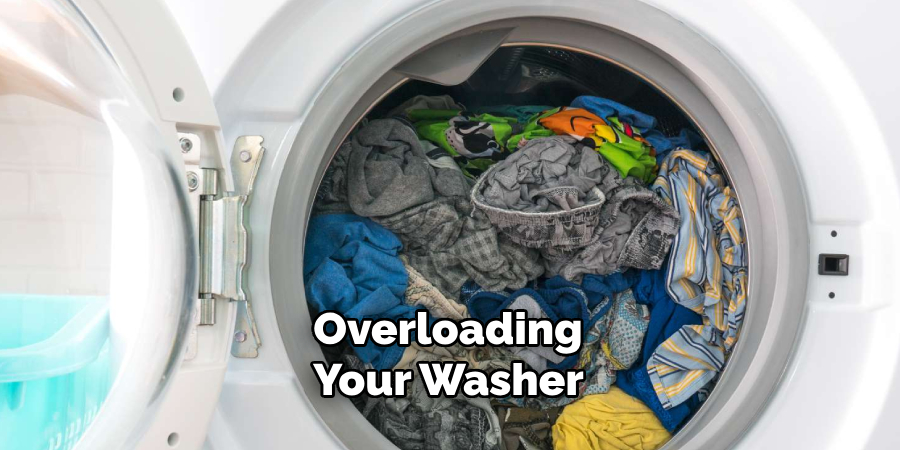
When a machine is overloaded, towels do not have sufficient space to move around, causing them to rub against one another excessively and break down fibers. This leads to more lint being generated. To avoid this problem, follow these steps:
- Refer to the Manufacturer’s Guidelines for Your Washer and Dryer to Determine the Maximum Load Capacity.
- When Loading Your Washer, Ensure There is Enough Room for the Towels to Move Freely. A Good Rule of Thumb is to Leave About One-quarter to One-third of the Drum Empty.
- Similarly, When Transferring Towels to the Dryer, Do Not Stuff the Drum. Leave Enough Space for Warm Air to Circulate and Properly Dry the Towels.
- For Optimal Results, Consider Washing and Drying Towels in Smaller Loads.
By avoiding overloading your washer and dryer, you ensure better cleaning and drying efficiency, resulting in softer, lint-free towels.
Following these methods and tips on how to get lint off towels can help prevent and remove lint from towels, keeping them soft, absorbent, and looking like new. With proper care, your towels can continue to provide you with a luxurious bathing experience for years to come.
Frequently Asked Questions
Q: Can I Use Bleach to Get Rid of Lint From Towels?
A: While bleach can help whiten and disinfect towels, it is not recommended for removing lint. Bleach can cause towels to break down, leading to more lint and a shorter lifespan for your towels. Instead, opt for the natural methods mentioned above.
Q: How Often Should I Wash Towels?
A: It is recommended to wash towels after every 3-4 uses to prevent them from becoming too dirty or musty. By washing them regularly, you will also remove any built-up lint and maintain theirness and absorbency.
Conclusion
Taking proactive steps on how to get lint off towels to care for your towels can greatly reduce the presence of lint, ensuring they remain soft, absorbent, and in good condition for much longer. By incorporating methods such as washing towels separately, using fabric softener, avoiding overloading the washer or dryer, and hang-drying, you can effectively prevent lint buildup.
Additionally, keeping your lint trap clean with a lint trap brush is crucial for dryer efficiency and lint reduction. Through consistent and mindful laundry practices, you can maintain the quality and longevity of your towels, providing you with a more enjoyable and luxurious bathing experience.

